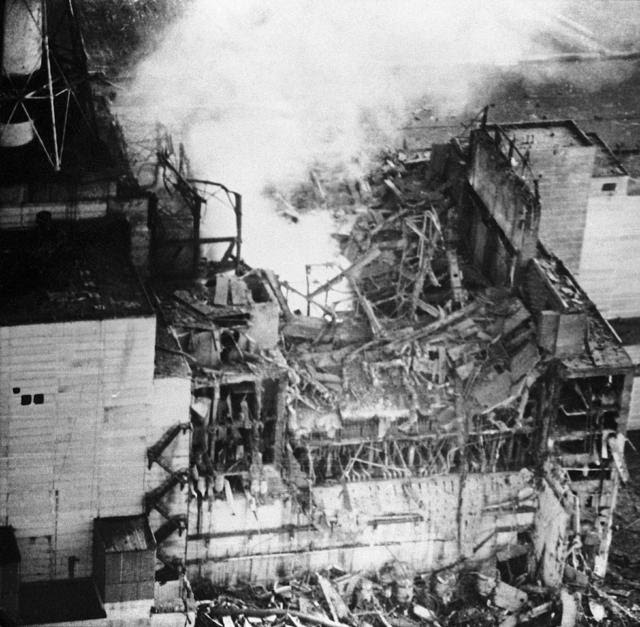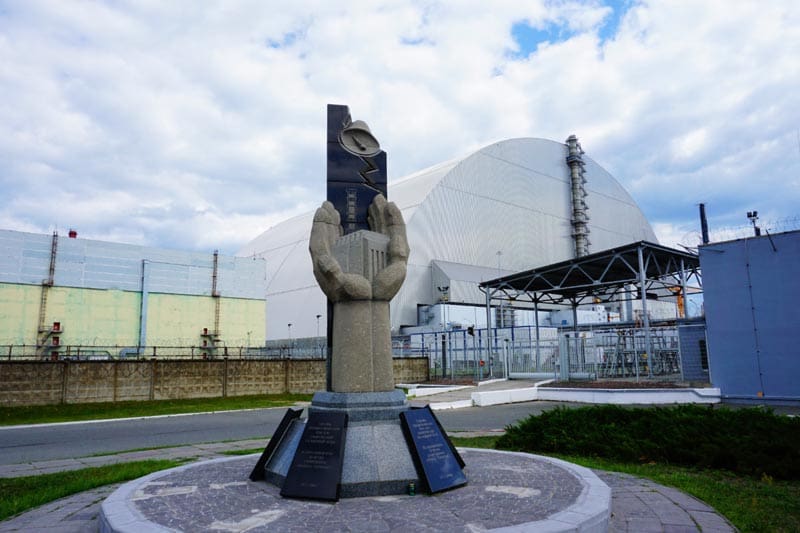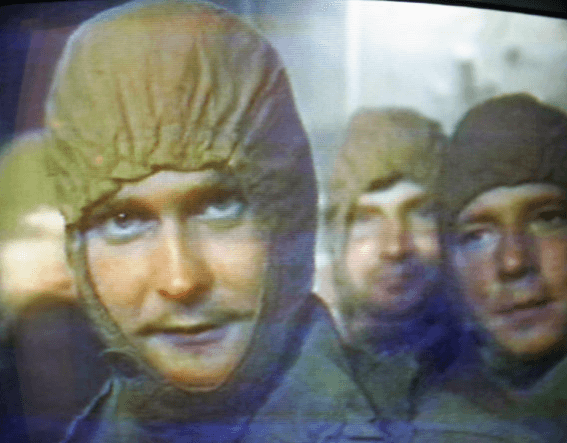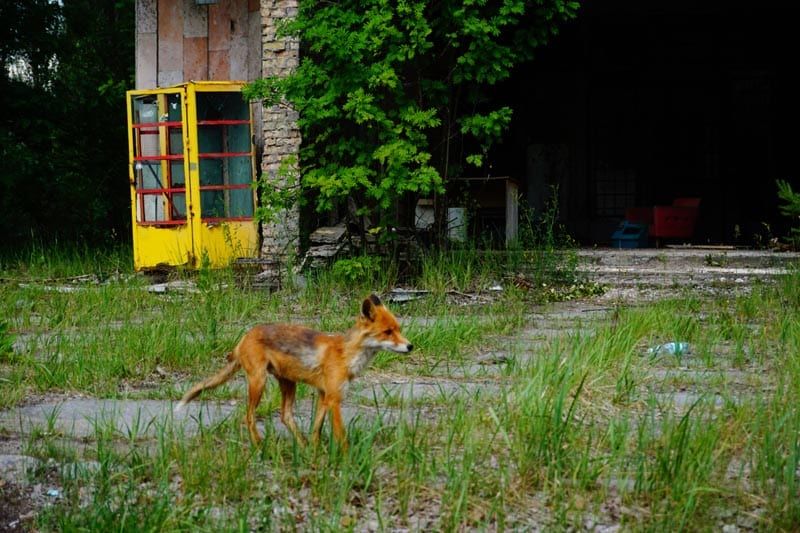By Jada Fox
Thirty-four years ago there was a nuclear disaster at the Chernobyl Nuclear Power Plant located in Ukraine. On April 26th,1986 during a safety check, the operators testing the electrical systems turned off all crucial control systems. This went against all of the safety regulations at Chernobyl. This caused one of the reactors to become unstable, producing an excess amount of steam which later reacted with hydrogen. This generated a massive explosion which caused radioactive debris to make contact with the ground. Toxic Gas and dust were being carried by the wind to areas that were inhabited by millions of people in Ukraine. This explosion was deemed equivalent to 400 nuclear bombs.
The level of radiation that was released outside was so deadly that your body was at a high risk of starting to develop skin burns, radiation sickness, cancers, or cardiovascular diseases. There were an estimated 93,000 to 734,000 deaths due to illnesses suffered in the aftermath of the explosion. The true number of fatalities related to Chernobyl is unknown.
The number of deaths could have increased further if it hadn’t been for the Chernobyl Suicide Squad. There was a risk of a second explosion during the tragedy that would’ve devastated not only Ukraine but neighboring countries as well. This was prevented due to three men that volunteered to go back into the Chernobyl power plant. It was discovered that under the reactor that exploded was a large pool of water that was normally used to cool down the reactor. The increased heat of the reactor coming into contact with the water would cause steam to form, but this large pool of water was not in direct contact with the reactor due to a slab of concrete that divided them. But after the first explosion produced the excessive amount of radiation that then was released, the concrete slab began to melt, weakening the divide between the reactor and the water. If nothing was done then there would be yet another giant explosion that would cause all the other reactors to blow up. It is estimated that this second explosion would have completely wiped out a portion of Europe, making it uninhabitable for more than a century.
Three plant workers whose names are Alexei Ananenko, Valeri Bezpalov, and Boris Baranov knew how to prevent this from happening. In the basement, some valves were used to drain the water. The dangerous part was that the basement was also submerged in extremely radioactive water. The men went into the basement in diving gear and took flashlights. It is said that as they were searching for the valves, their flashlights went out, and they had to search for these valves in complete darkness. Their mission was deemed a suicide mission, and officials reported that they even promised that if the men didn’t survive, their families would be provided for. Miraculously they found the valves, and successfully drained the water. Ananenko said to the Soviet media in 1986, “When the searchlight beam fell on a pipe, we were joyous: The pipe led to the valves. We heard the rush of water out of the tank. And in a few more minutes we were being embraced by the guys.”
The longer they remained in the basement the higher at risk they were for Acute Radiation Syndrome (ARS). Yet all three men managed to complete a task that was deemed impossible. Valeri Bezpalov and Alexei Ananenko are still alive today. Unfortunately, Boris Baranov died of a heart attack in 2005. If it wasn’t for their bravery and courage of those three men, the destruction caused by Chernobyl would’ve increased and affected even more areas.
Based on what I have read so far in the book Miracle In The Andes, there are some similarities between the Andes crash survivors and the Chernobyl suicide squad. Both of these incidents were reckoned impossible situations because of the odds stacked against them … yet people survived. In Miracle in the Andes, we read how survivors managed to endure several months in the Andes Mountains isolated from civilization due to the high altitude, freezing temperatures, and inaccessible terrain. To many, this was seen as a disaster that no one would be able to live through. Even so, some passengers prevailed and lived to tell the tale.
The Chernobyl mission was also deemed impossible due to the high levels of radiation in the water under the reactor that the workmen would have to swim through. The specific valve the trio was looking for was located along walls that had many other valves as well. The search was like looking for a needle in a haystack. However, due to luck or fate, this trio also prevailed, while suffering few to no injuries.
One major difference between the Chernobyl squad and the Andes Mountains survivors is that the victims of the plane crash had no instructions on how to survive the situation they were in. They had to scavenge and improvise, learning to adapt the limited resources they still had with them to make them more useful. By contrast, the Chernobyl squad knew exactly what they needed to do to prevent more destruction. Moreover, the heroes of Chernobyl only needed to make sure they lived long enough to get their urgent and time-sensitive task completed, while the Andes survivors needed to make sure they lived as many days as it took for them to be found and rescued.
These very different examples of crisis and courage nevertheless teach the same positive lesson about humanity’s capacity for finding creative and effective solutions when we are facing life or death decisions. We have already experienced this kind of human ingenuity during the current pandemic. Perhaps after learning from Covid, more individuals and governments will apply the same positive energy towards solving the similarly urgent problems of climate change and global pollution.



